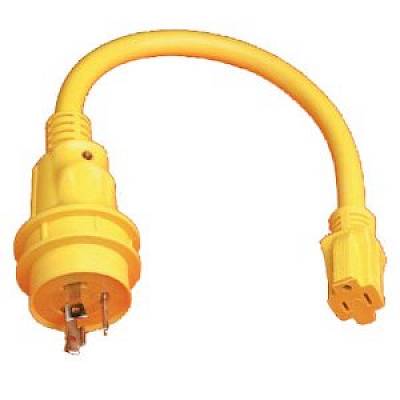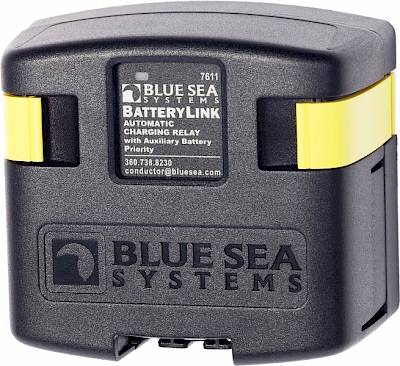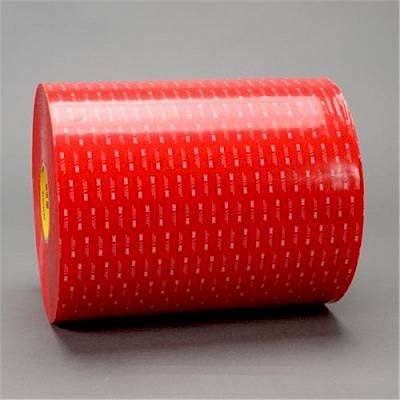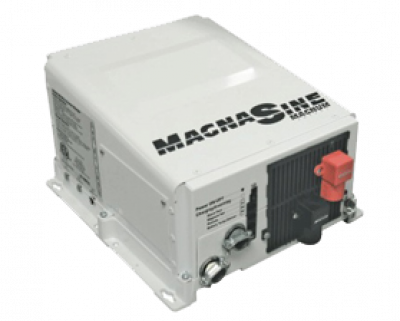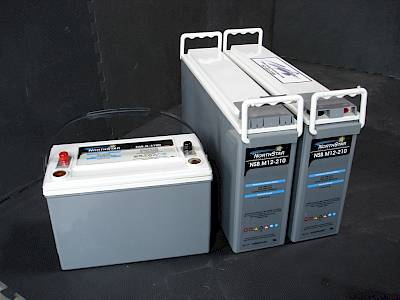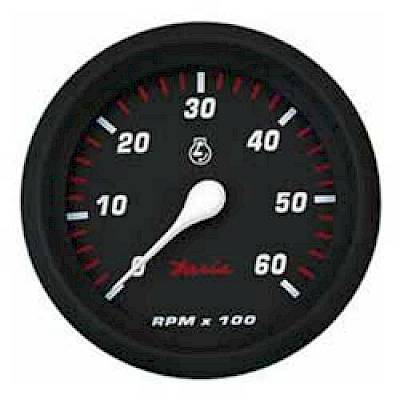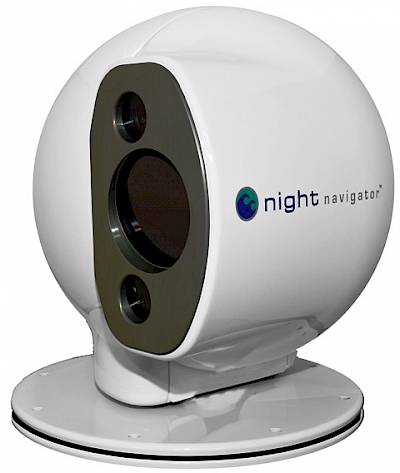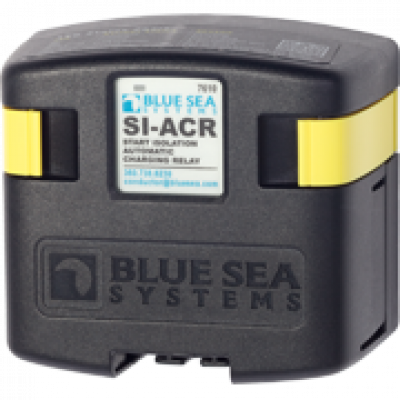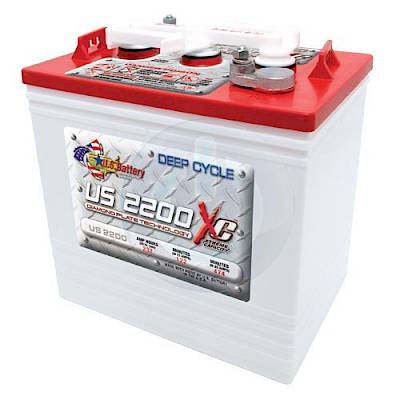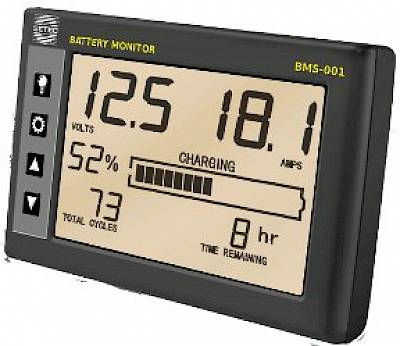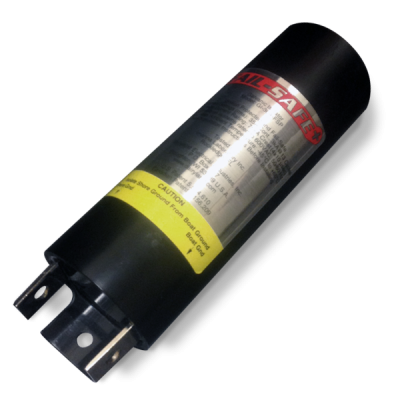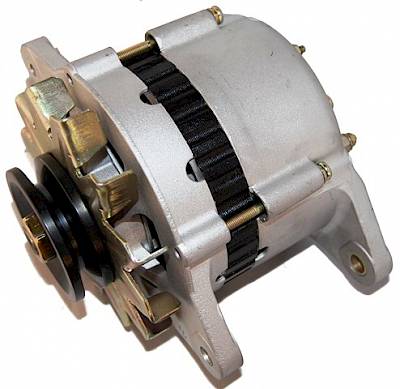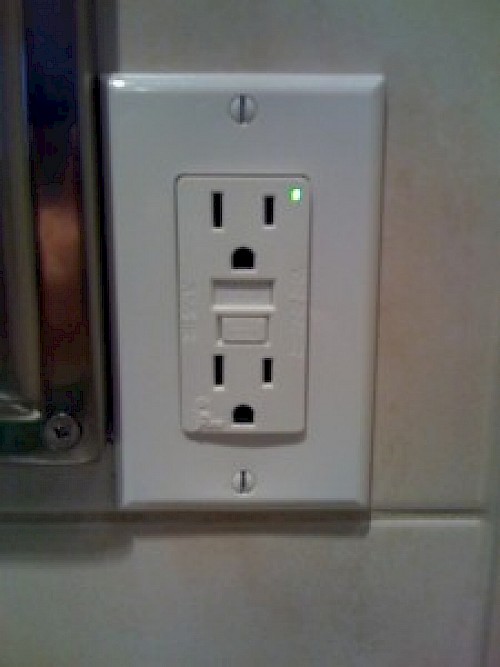
GFCI: Test to Survive
GFCI outlets have been on the market now for years and have saved many lives. Most of these devices are rated at 30mA or 10mA. The rating is based on knowledge that 30mA should stop defibrillation of the heart and 10mA should stop defibrillation of your muscles. Should a fault occur, then the time it takes to trip is roughly 0.04 seconds (a blink of an eye). We see these devices installed at the beginning of a circuit so as to protect all other outlets downstream from them, sometimes at the switchboard and sometimes at the first receptacle.
There are a couple of ways to check to see if yours are still functional. The first and most common (and easiest) is to make sure power is switched on for the circuit. You will want to test and push the little 'TEST' button and see if the power drops away from that outlet. This test is a mechanical test which is done internally in the GFCI. The other way to test is to pick up a GFCI tester from a wholesaler and plug it into the outlet and push the 'TEST' button as directed. These are normally very easy to use and understand. Most will also indicate if there is power at the receptacle and if it's wired correctly. This is the preferred method for electricians because the device actually creates a fault which causes the GFCI to trip. This is the electrical test method. All of your GFCI devices should be tested, whether they are used regularly or not, every 6 months to insure function and reliability. If one is found to be faulty DO NOT replace it yourself, ensure you have a qualified electrician replace it for you. Keep in mind that if you are about to install an inverter in your boat, not all GFCI receptacles will work. Check the manual of the inverter to see if the brand of GFCI you have is compatible. If not, have your GFCI receptacles changed before using them again.
Related Content





